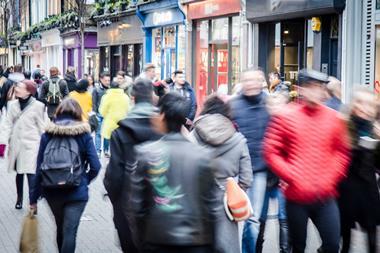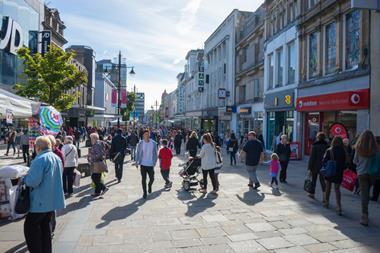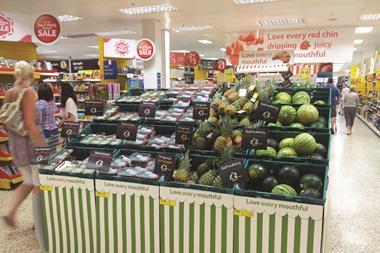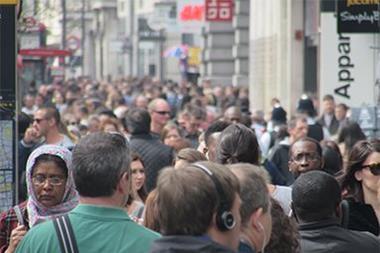The price of non-food items declined 2.5% in May year-on-year as industry conditions remain challenging and retailers continue to compete on price.
This marks the steepest drop in non-food prices since August 2016, according to the British Retail Consortium (BRC) Nielsen shop price index.
However, food inflation picked up slightly to 1.2% in May, from 1.0% in April.
Overall, shop prices fell 1.1% during the period, making it the 61st consecutive month of falling prices.
BRC chief executive Helen Dickinson said: “Overall shop prices fell again in May as the impact of the pound’s fall following the EU referendum reduces and the challenging retail environment continues to mean retailers must compete on price.
“While food inflation has increased this month as the weather, oil price and other geopolitical factors have influenced global agricultural markets, we expect overall prices to fall in coming months.
“Retailers’ overall sales revenues are under pressure from falling prices and this comes at the same time as business rates and other public policy decisions are pushing up operating costs; leaving retailers squeezed at both ends. The consequences of which have been plain to see.
“Government and policymakers must do more to address the burden of business rates and help to ease the pressure.”
Nielsen head of retailer and business insight Mike Watkins added: “Despite a small increase in food prices in recent weeks, shop price inflation remains below the Consumer Price Index and the recent summer weather has lifted food sales.
“In contrast, we are seeing further deflation in the non-food channel and there has been little momentum in retail sales. With continued increases in crude oil prices now adding further cost to the supply chains and weak demand on the high street, retailers need to be cautious about passing on any price increases over the next few months.
“The good news is after a difficult couple of months, shoppers now seem to be spending again.”




















No comments yet